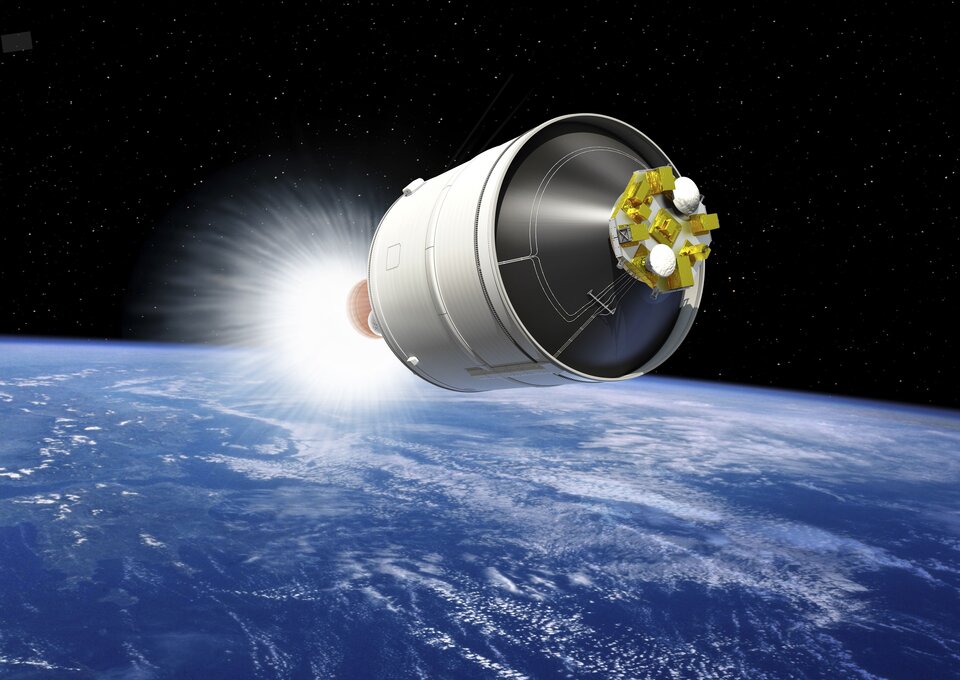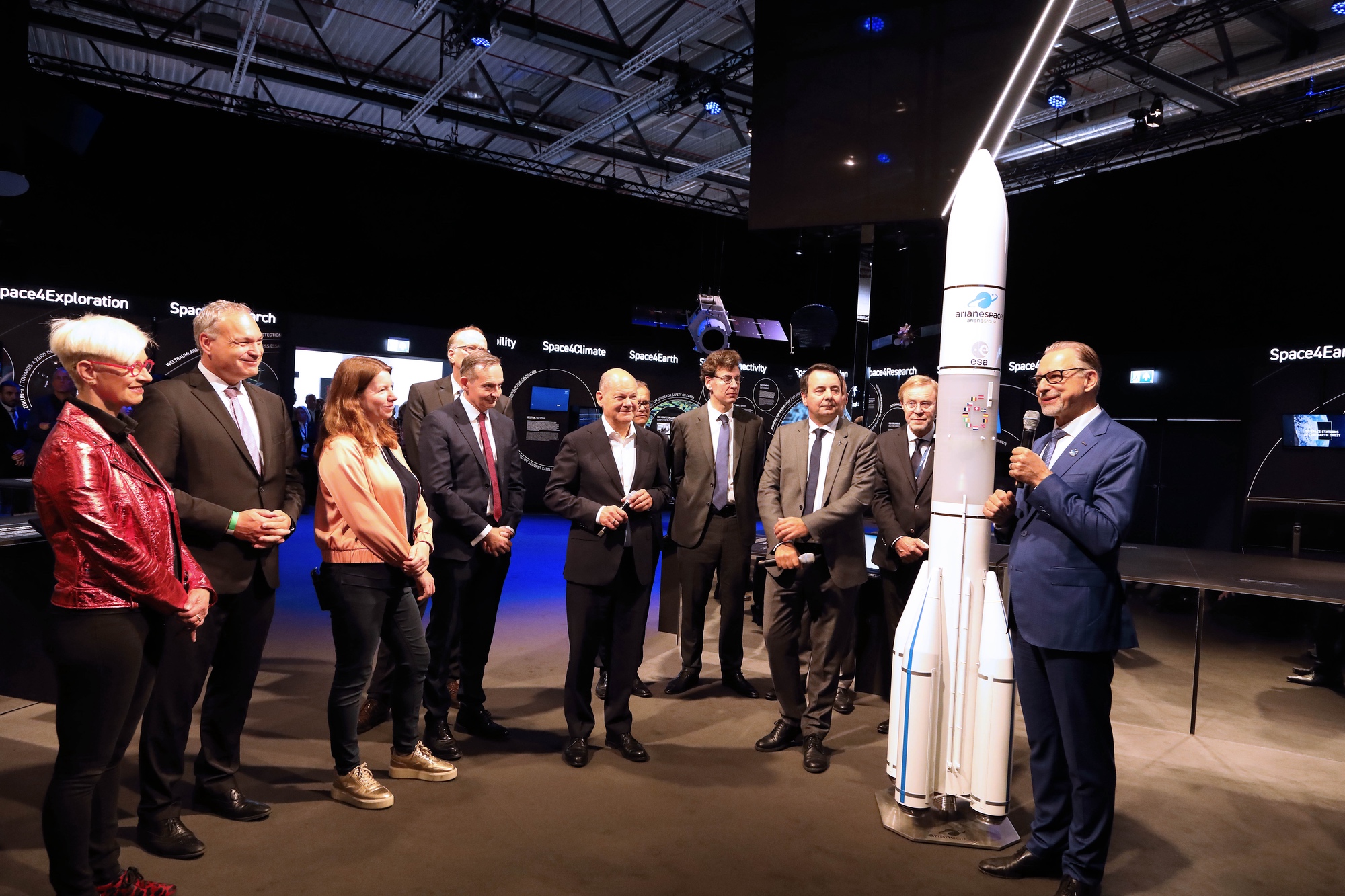
The European Space Agency (ESA) is set to launch the long-awaited Ariane 6 rocket on July 9, marking a significant milestone for Europe's space ambitions. The inaugural flight of the next-generation rocket was originally planned for 2020 but was delayed due to the Covid-19 pandemic and technical issues. During this delay, Europe has been without an independent way to send heavy missions into space.
Ariane 6 is a powerful and versatile launcher that can deliver several satellites in different orbits during the same flight. Its upper stage is powered by an engine that can be reignited, making it a valuable asset for Europe's space program.
ESA has an order book of 30 missions for Ariane 6, and the first launch will pave the way for commercial operations and a significant ramp-up in launches over the next two years. The rocket is expected to offer ride-sharing launches for small satellites, similar to those offered by SpaceX.
The Ariane 6 rocket replaces its predecessor, Ariane 5, which launched NASA's James Webb Space Telescope in 2021. The new rocket is crucial for Europe's efforts to end a 'launcher crisis' and re-establish independent access to space.
The first launch of Ariane 6 will be a demonstration flight, carrying eight cubesats and reentry capsules from ArianeGroup and The Exploration Company. The payload also includes the YPSat instrument, which will remain attached to the upper stage of the rocket after launch and record its flight data.
ESA Director General Josef Aschbacher expressed his excitement about the upcoming launch, stating that it would mark a new era of autonomous European space travel. He emphasized that this powerful rocket is 'the culmination of many years of dedication and ingenuity from thousands across Europe' and will re-establish Europe's independent access to space.
The Ariane 6 launch campaign has reached its final stages, with the wet dress rehearsal (WDR) scheduled for June 18. The WDR involves fueling the rocket on the launchpad and then draining it again to ensure that all systems are functioning correctly before the actual launch.
The Ariane 6 rocket is a significant investment in Europe's space capabilities, and its successful launch will mark an important step forward for European space exploration. The first flight of this new rocket is expected to take place on July 9 from Europe's Spaceport in French Guiana.








